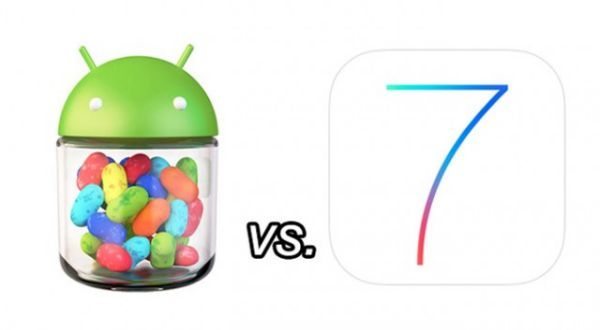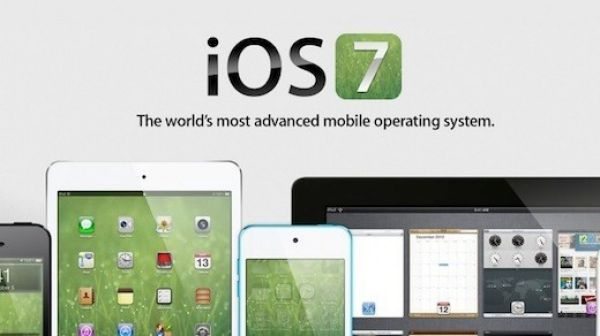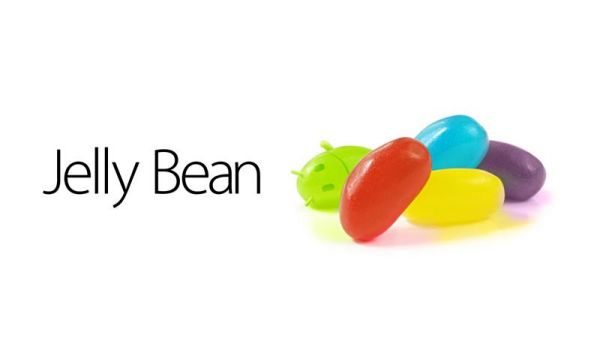Android Jelly Bean 4.3 vs iOS 7, strengths and weaknesses

Android is sweeping sales in 2013 with a 74.4 percent market share, compared to iOS’ 18.2 percent, according to Gartner. However, with the release of the iPhone 5S and 5C, paired up with a brand new iOS 7 operation system, it’s likely this number will begin to tip in iOS’ favor. Both Android Jelly Bean 4.3 and iOS 7 have their strengths and weaknesses, with plenty of features to argue in favor of both. If you’re looking for a clear winner in this battle, there isn’t one, but that means the competition is doing its job well.
iOS 7
Business Insider reports the iOS 7 adoption rate is at 26 percent of iOS devices, which catapults it ahead of Jellybean 4.3. While this is certainly influenced by the fact that wireless carriers may choose to stick with older versions of Android on their phones, along with the varying hardware that makes up the Android market, it’s still apparent iOS 7 has caught consumers’ eyes in a way Jellybean 4.3 has not.

iOS 7 introduced a massive change in the interface compared to iOS 6, with a clean-cut and modern design that works very well with Apple’s style. The set-up is similar to previous versions of iOS, with the home screens and dock available. It also introduces transparency into the equation, so you can keep track of everything going on.
Control Center is another beneficial addition to iOS 7. This gives you quick access to Bluetooth and Wi-Fi toggles, brightness sliders, flashlight functionality, and other frequently used commands. This had been a staple in Android operating systems for some time, so it’s good to see it make its way to iOS 7.
Android Jelly Bean 4.3
Android Jelly Bean 4.3 is more than just an incremental upgrade from Jellybean 4.2. It adds in a bevy of new features and fixes that shows Google’s commitment to improving this operating system and keeping up with iOS 7. One feature Android recently adopted, as NVONews.com reports, is Beam, which is the equivalent of Apple Airdrop. This feature sends files from one device to another over a Bluetooth or Wi-Fi connection. This is convenient if you don’t want to go through the trouble of finding a cloud service to host the files, or send them through emails.

Google Now is an improvement to the Android notification system. Instead of having multiple notifications spread throughout your apps, you can combine information like flight status or weather, into one easily digestible form. The multitasking remains the same, although overall improvements with performance and battery draw will give you more time before you have to grab T-mobile’s cell phone chargers or another charger for your phone.
The 4.3 system introduces a useful security measure for people sharing phones with friends or family. Instead of having user profiles that have full access to the system, you can restrict the level of access someone has to your system files and personal folders. It’s also useful in business applications. With multi-user support, this also allows each user to tailor their own interface and app selection to their own preferences, instead of loading everything down into one central profile.

Comments
2 thoughts on “Android Jelly Bean 4.3 vs iOS 7, strengths and weaknesses”
Ios7
sucks real bad